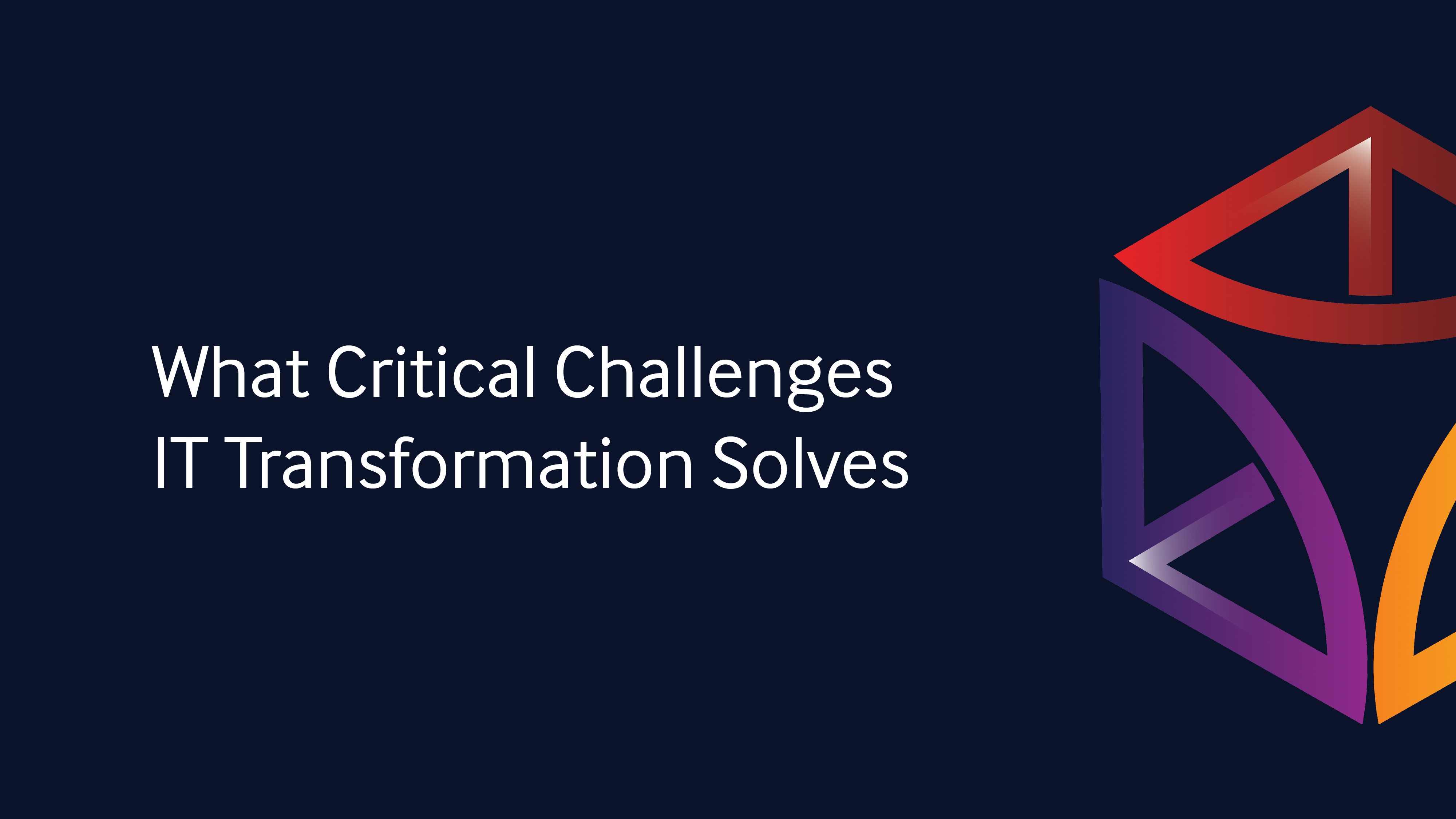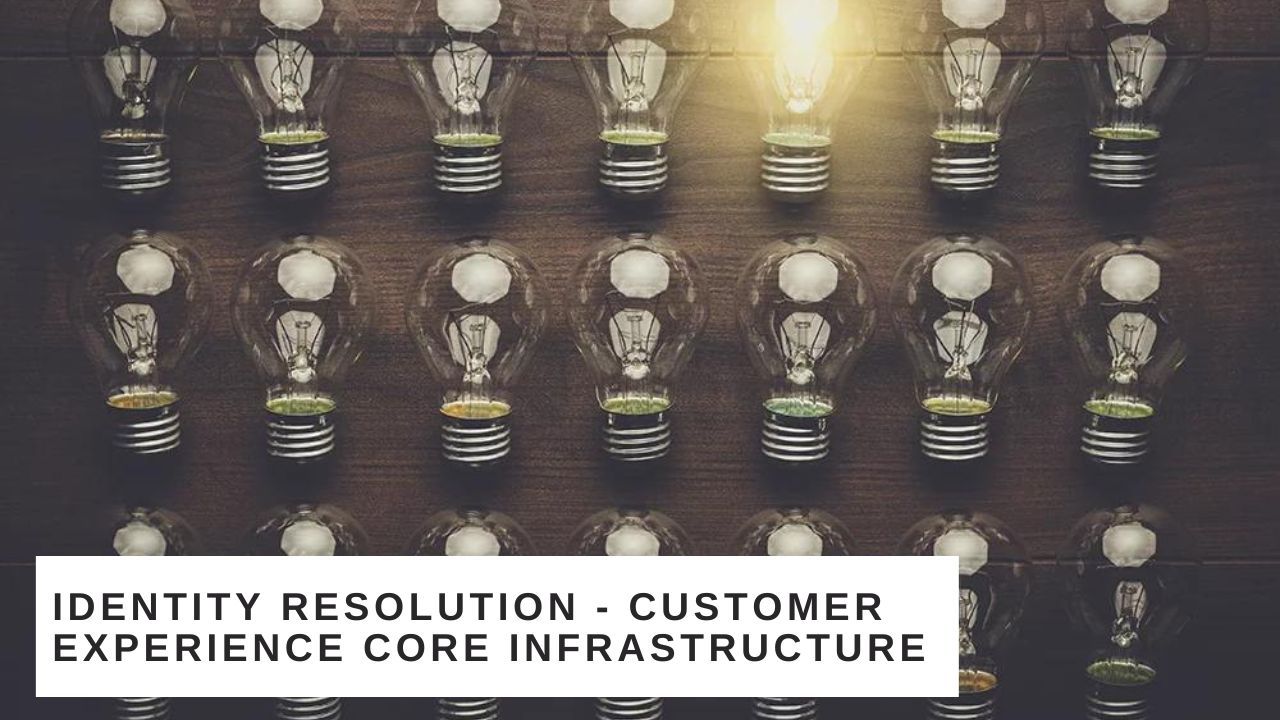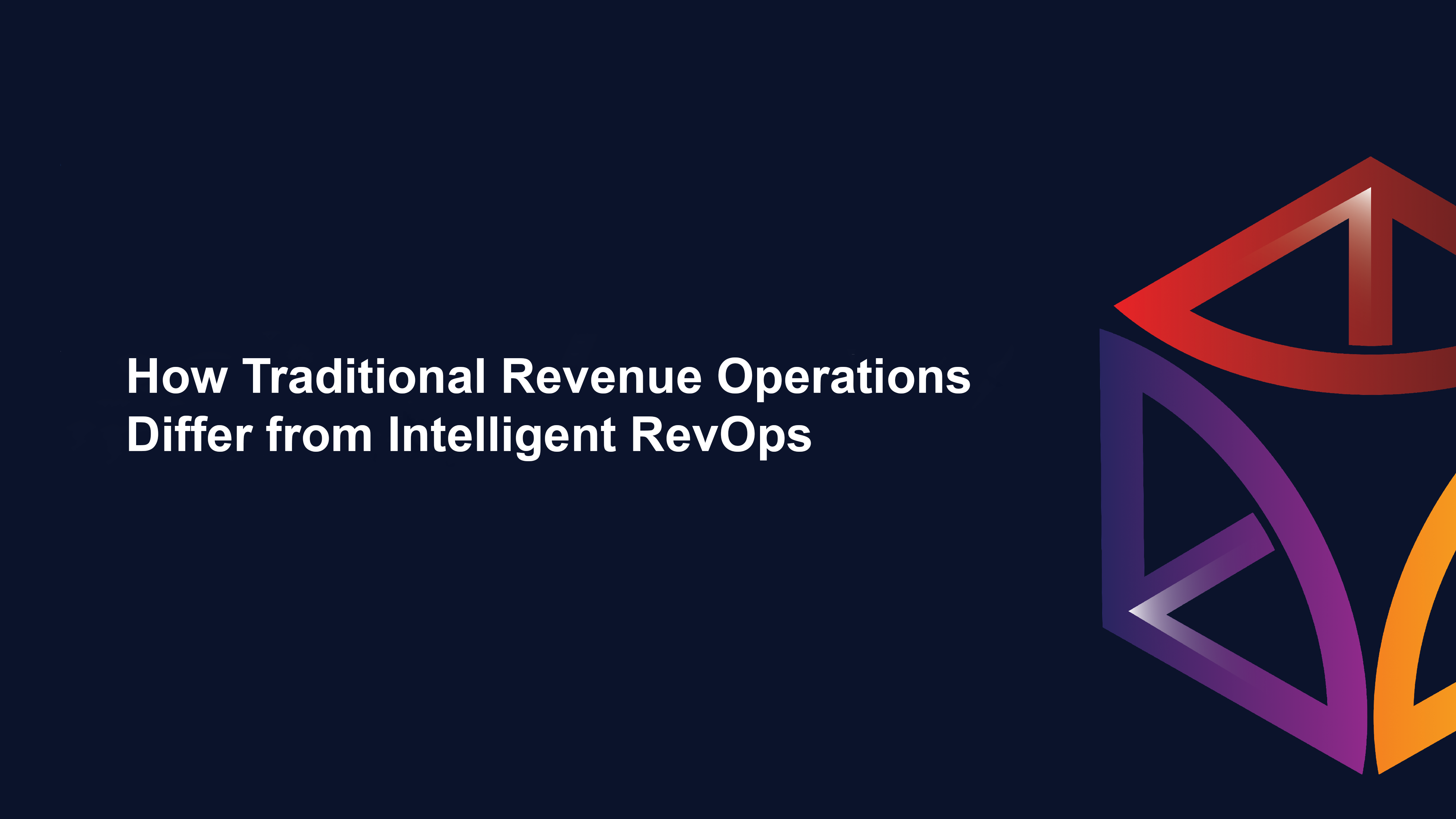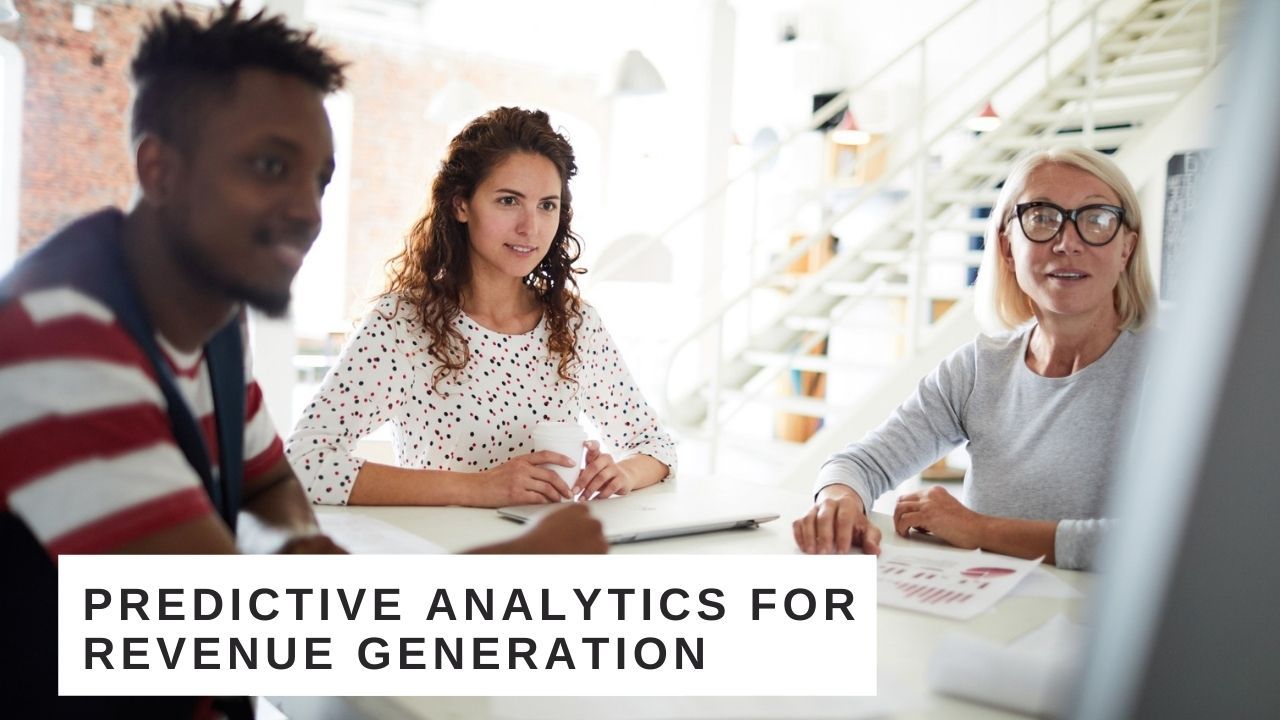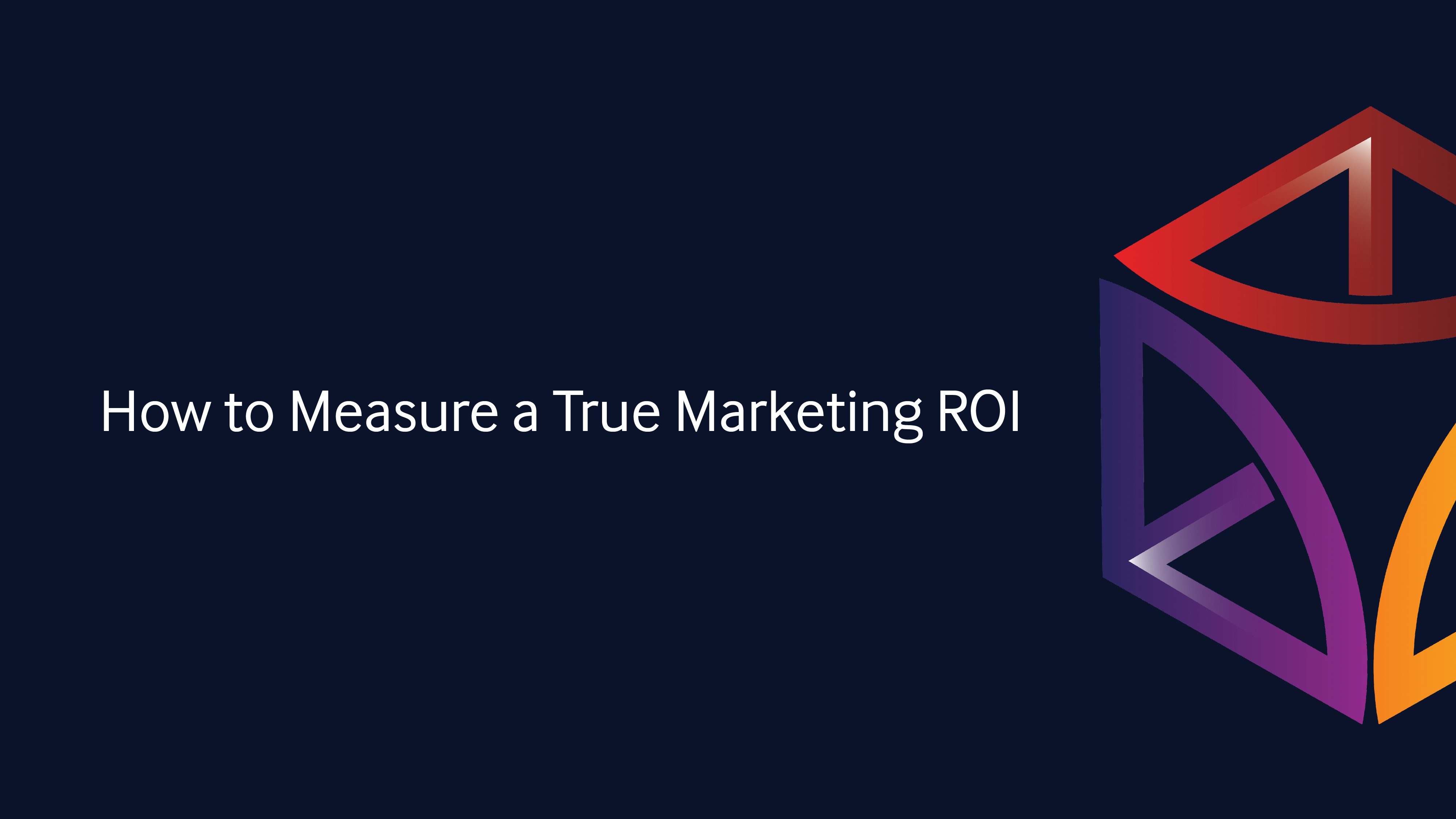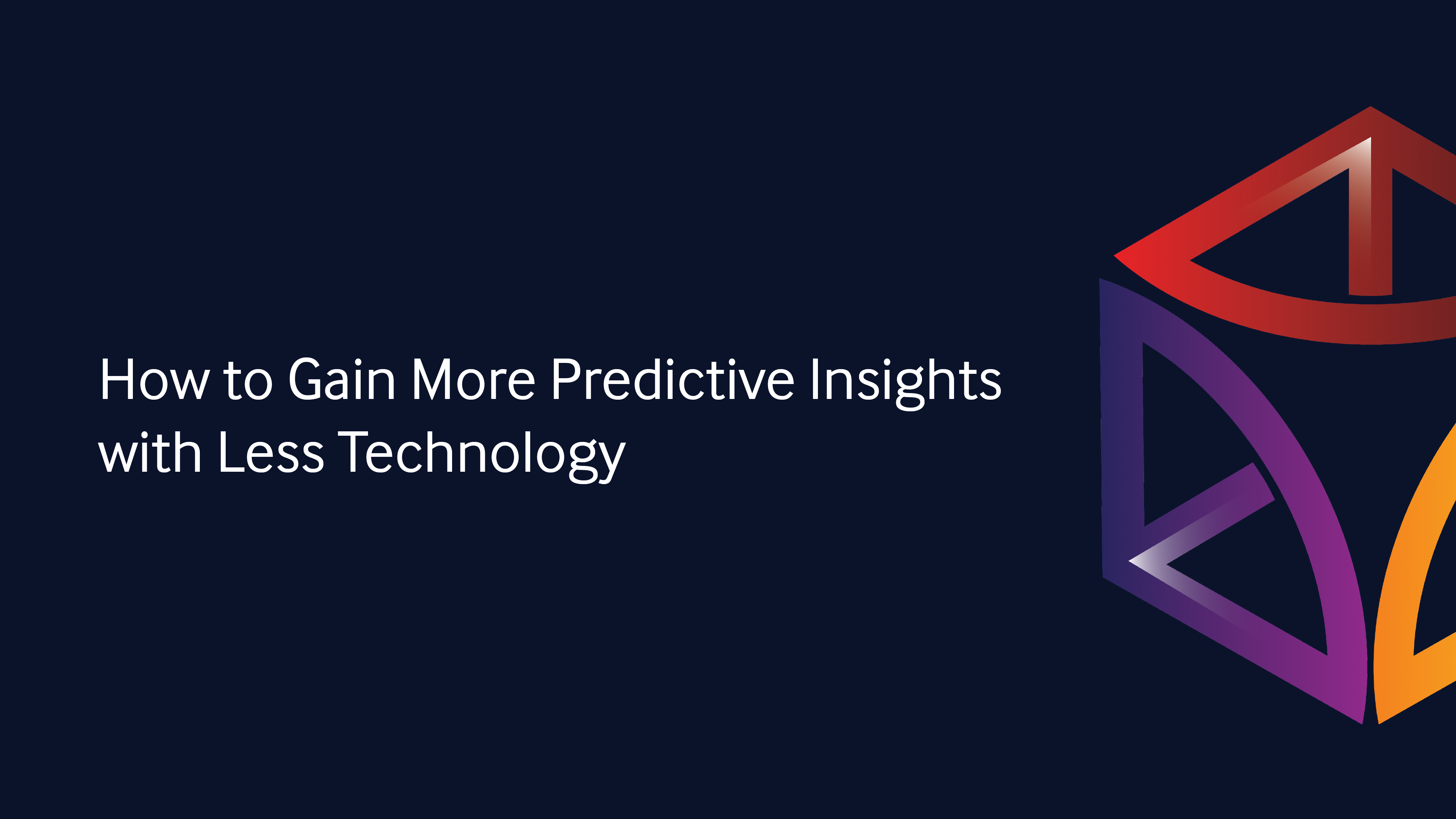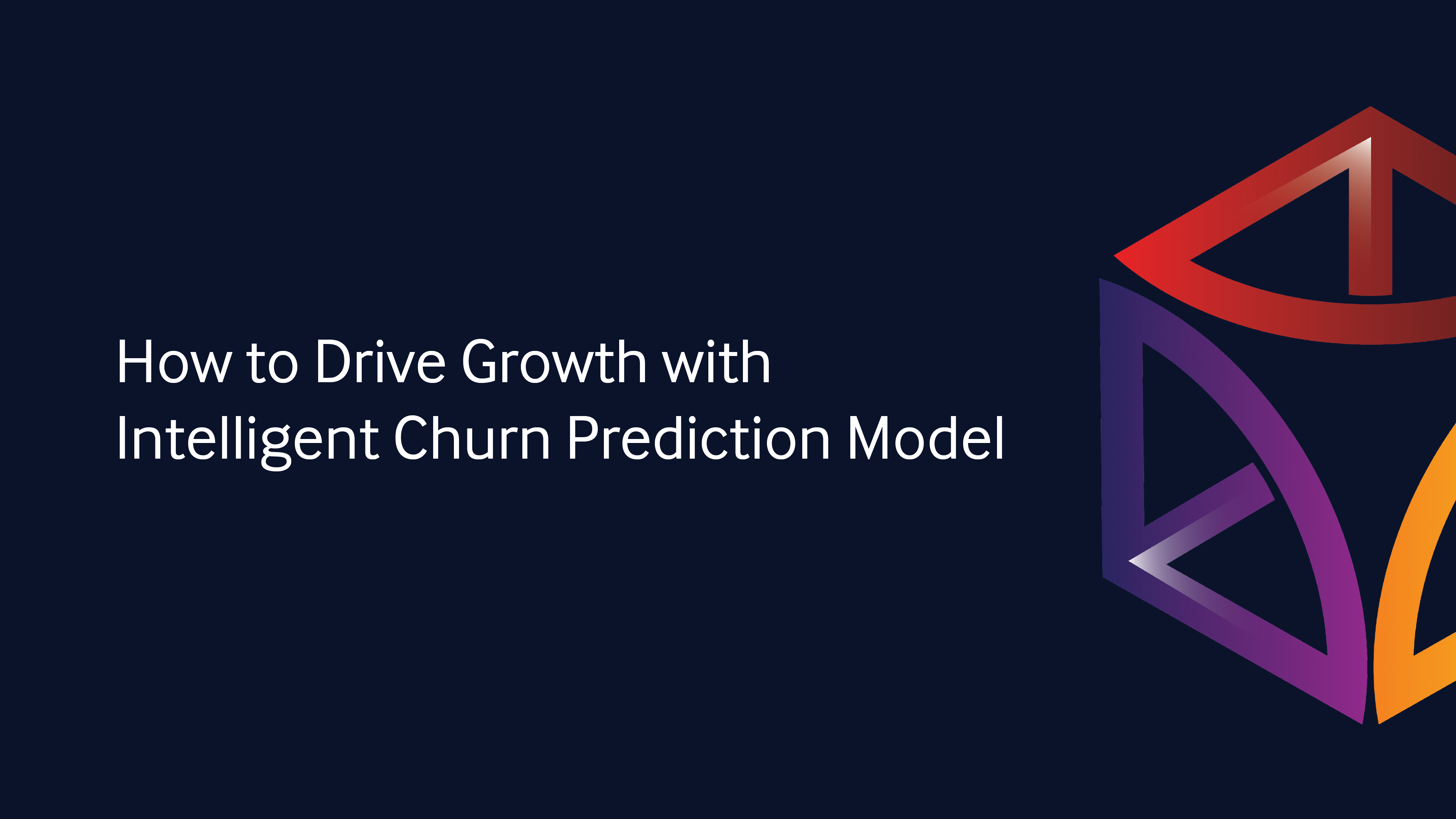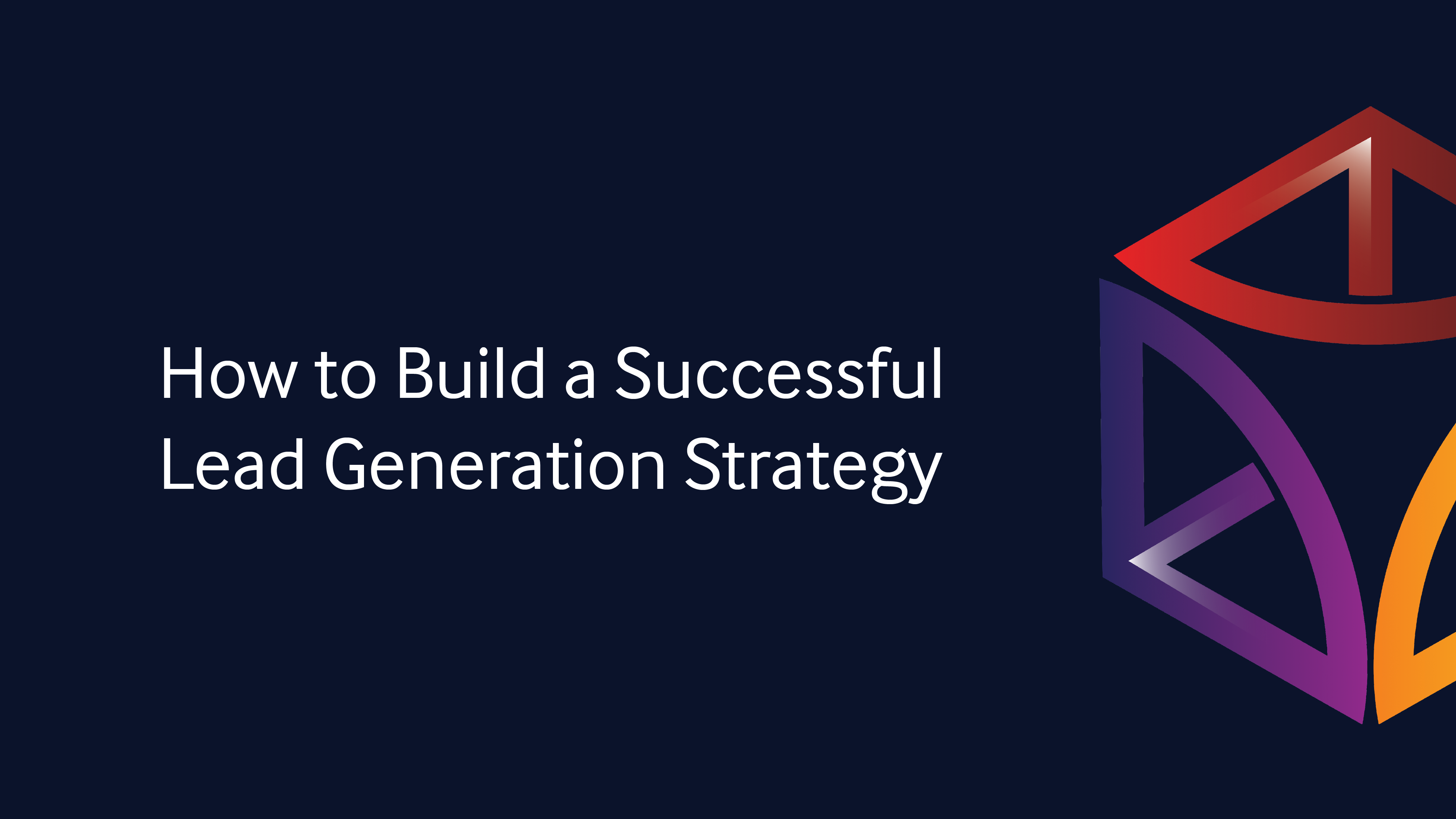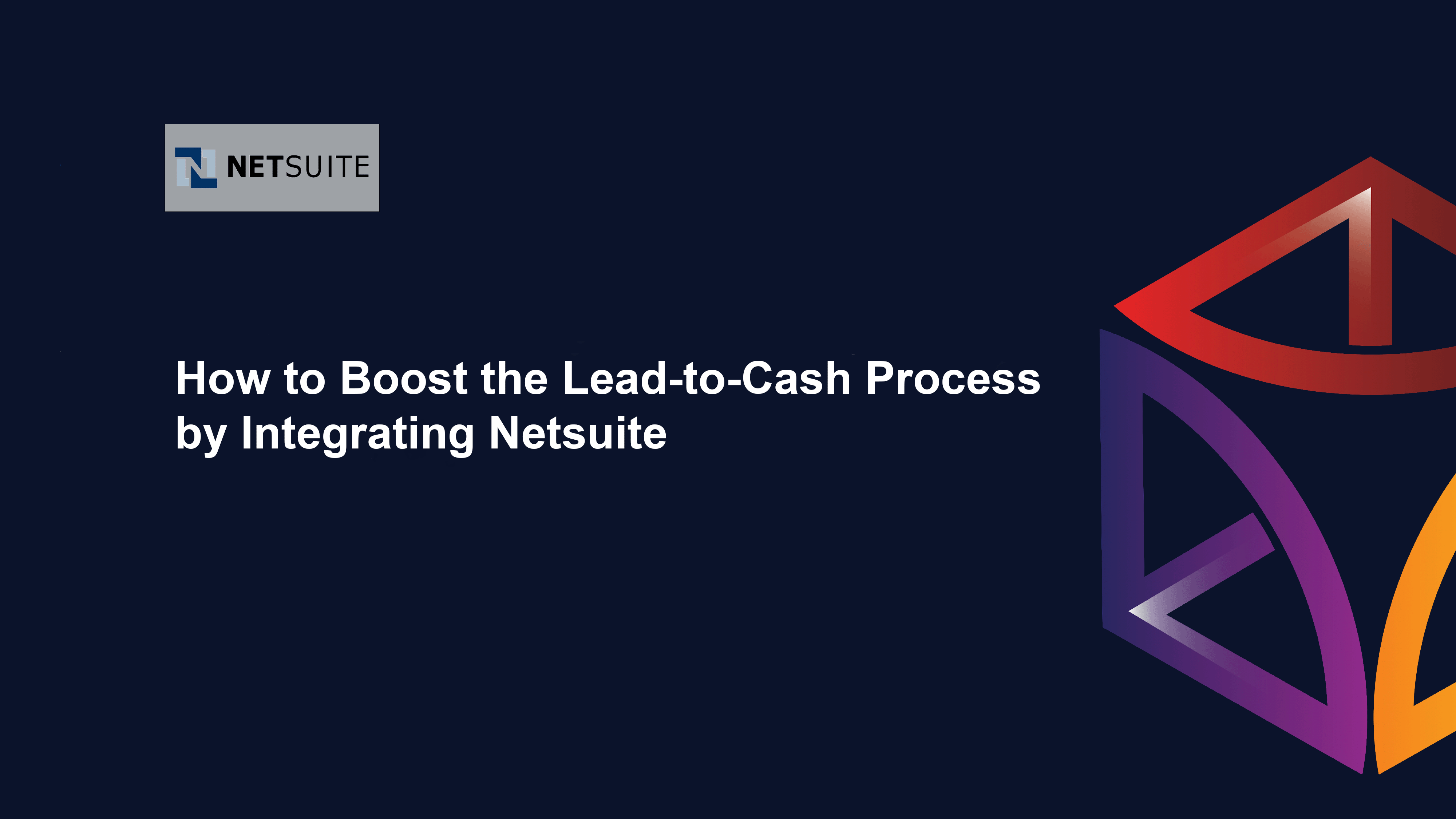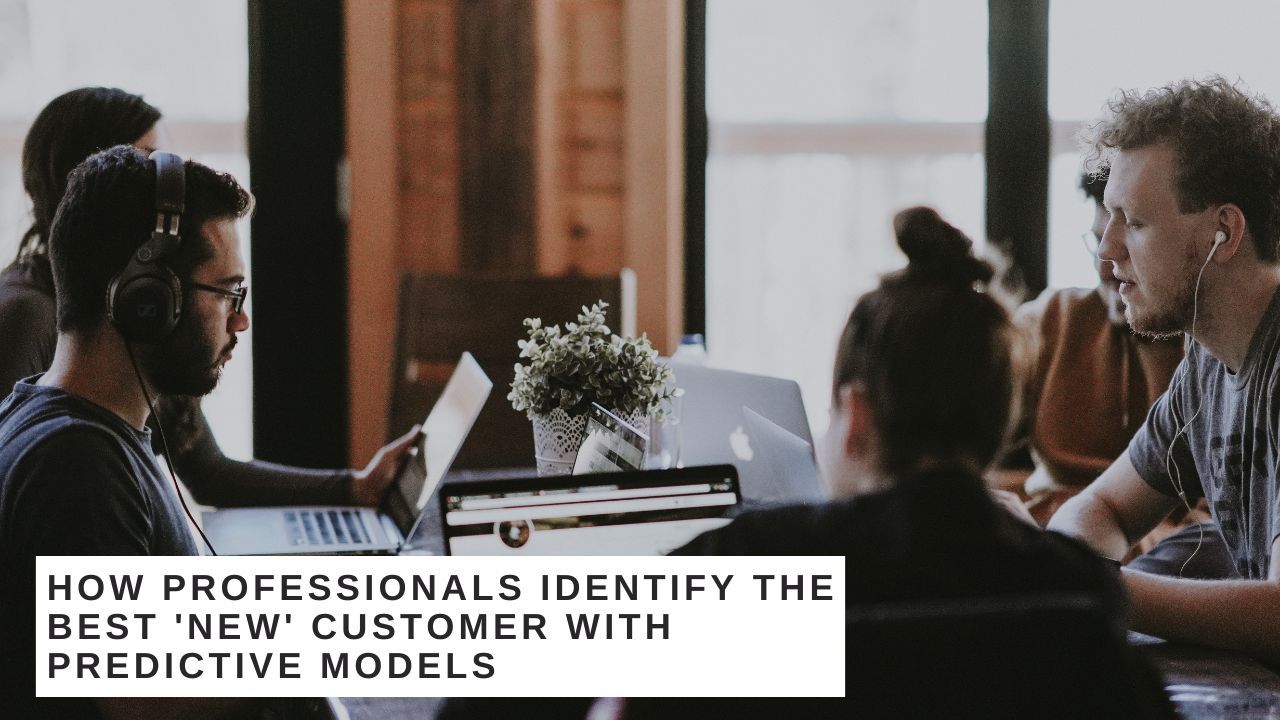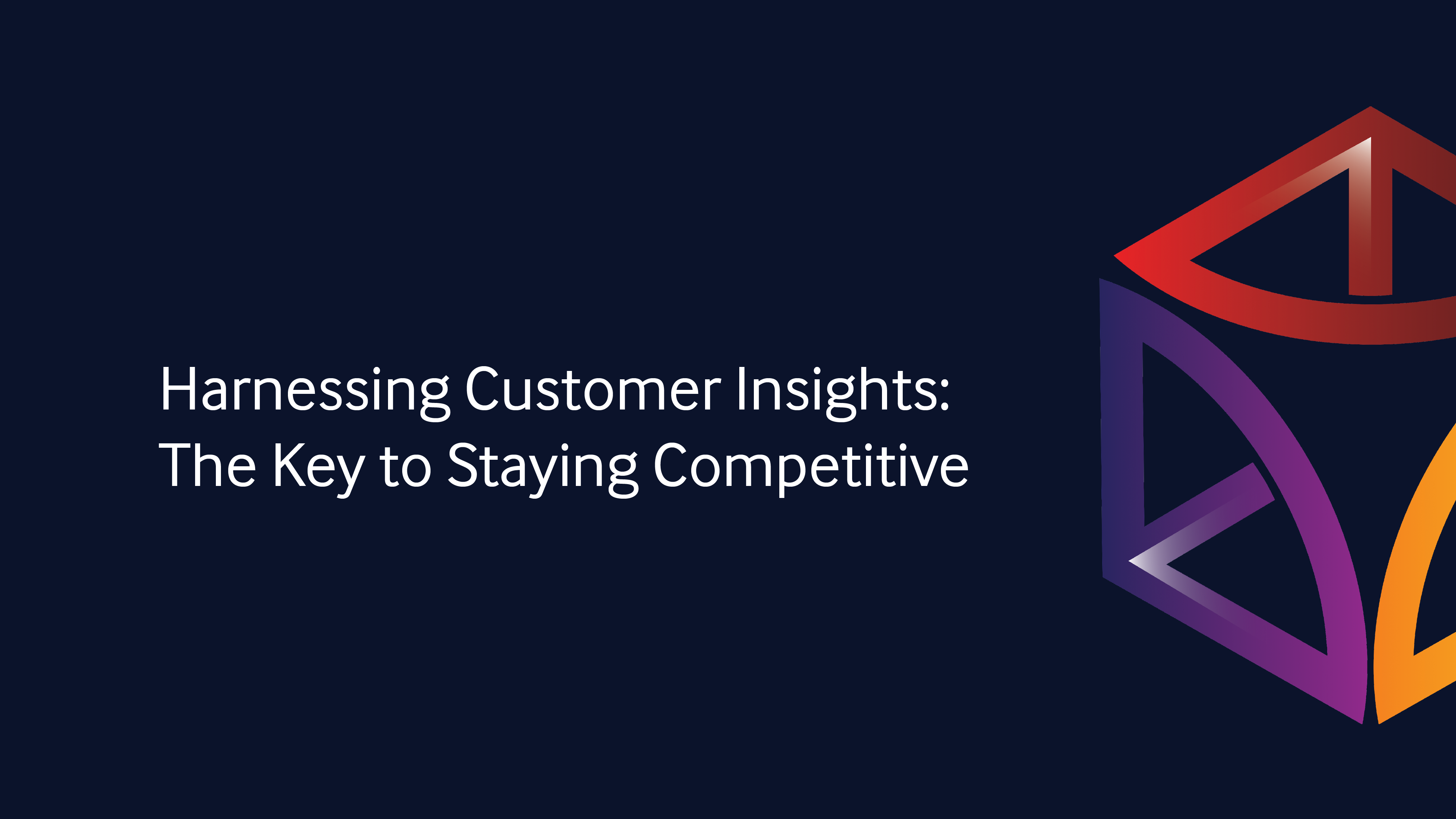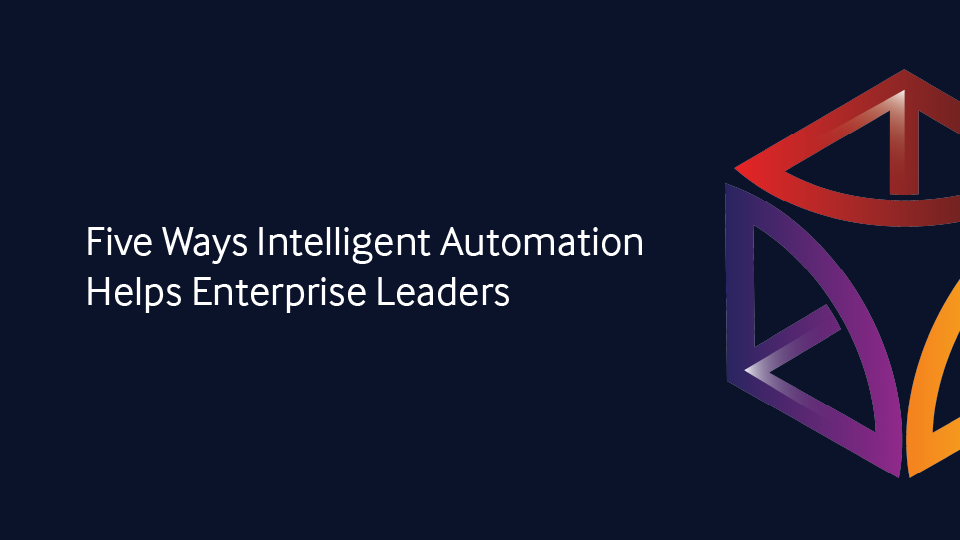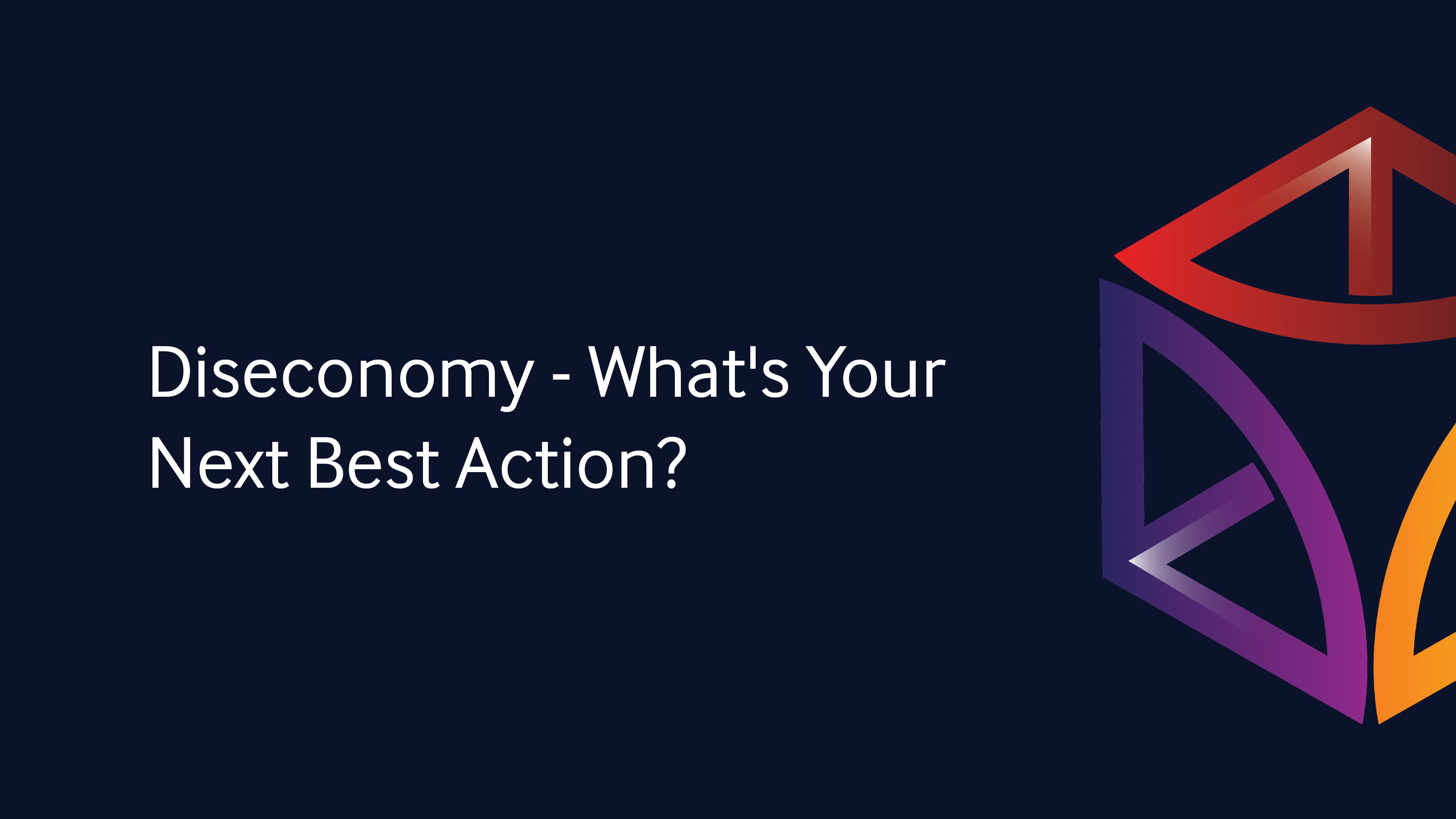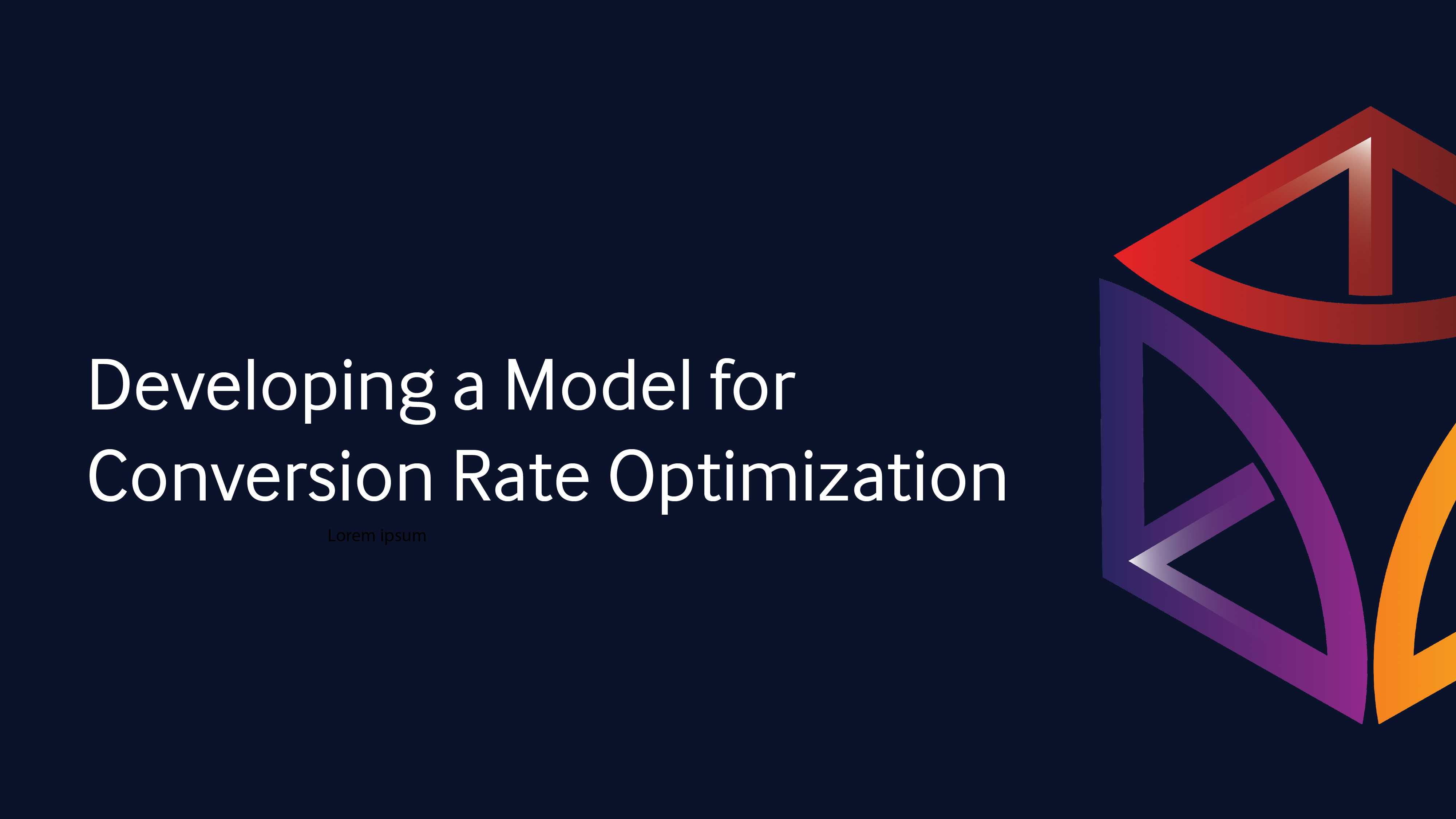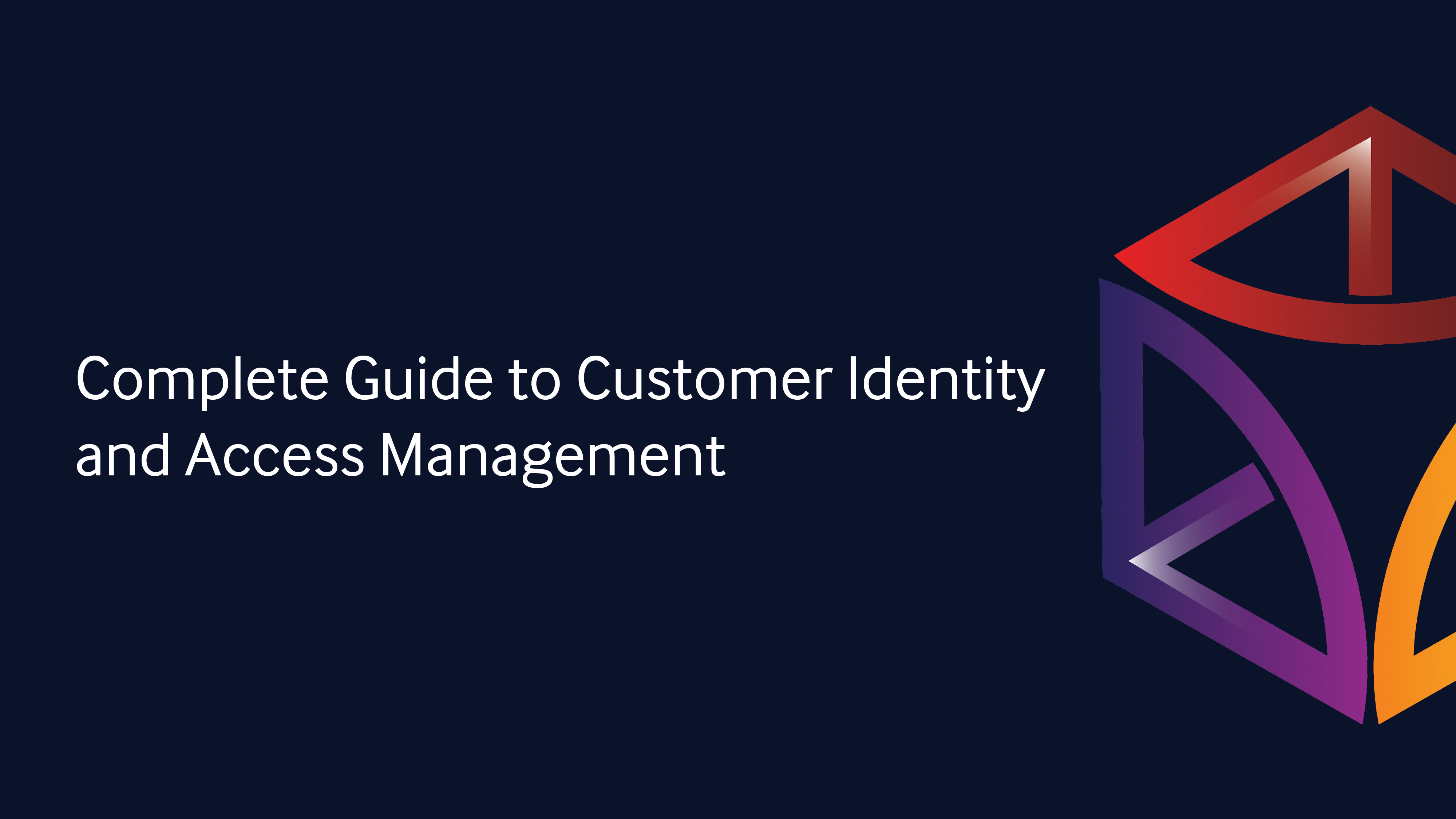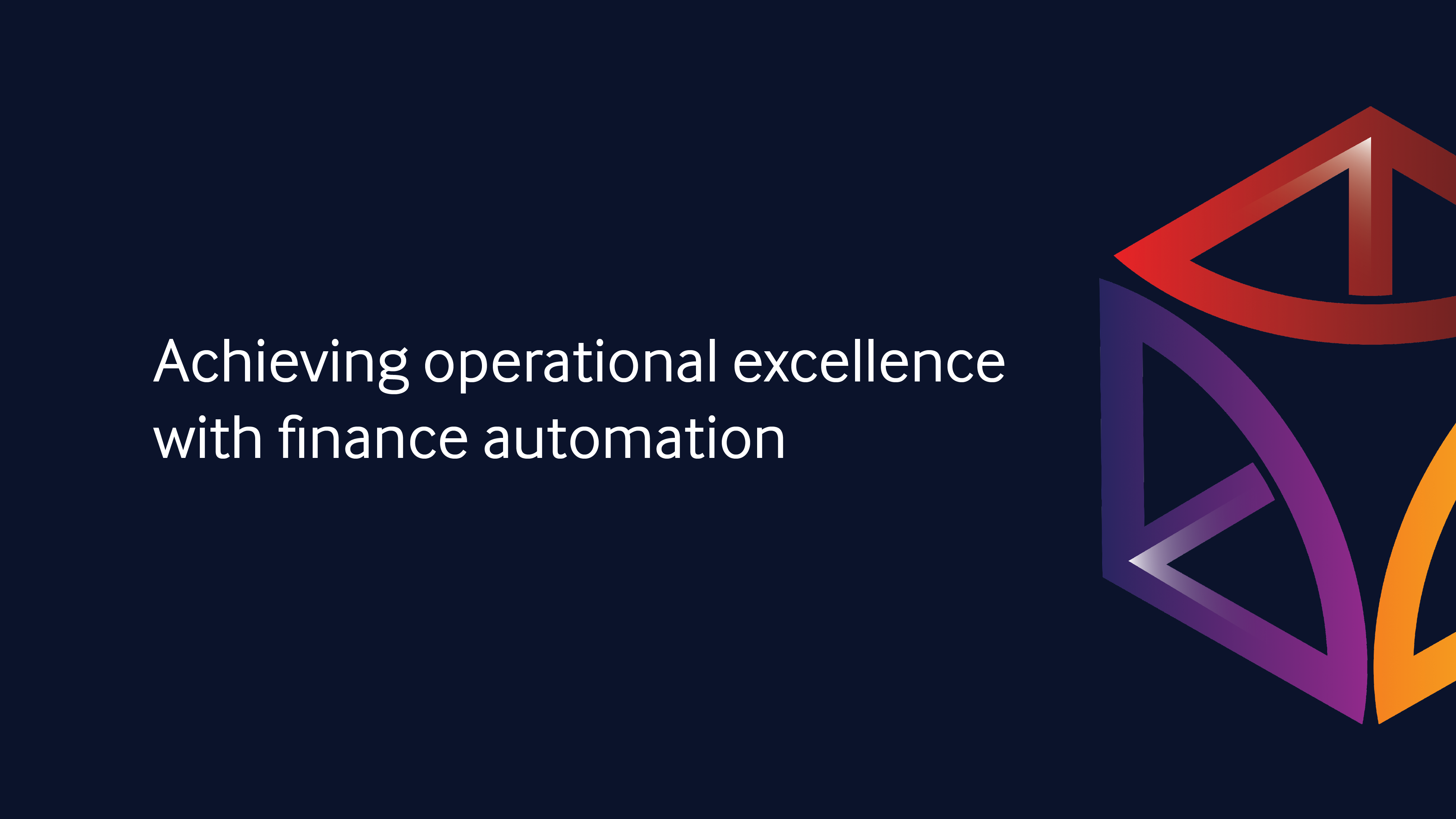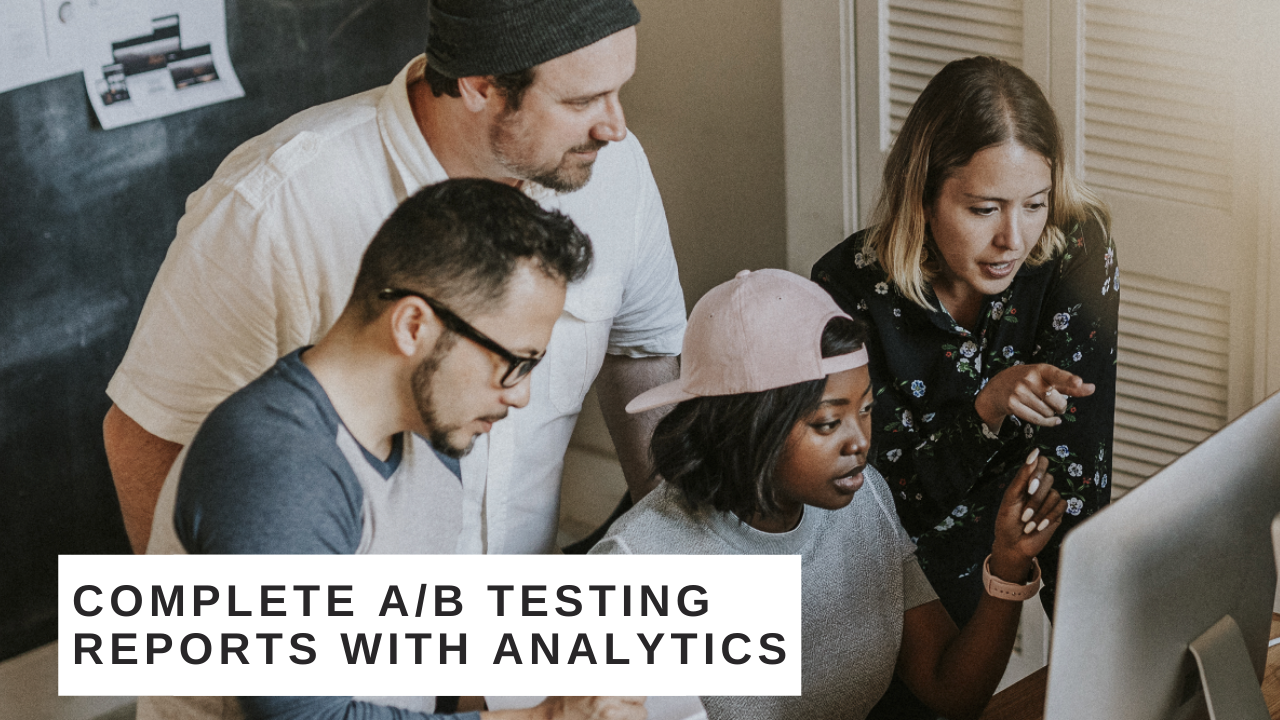How is AI Empowering Sentiment Analysis?
10 minutes read

Sentiment analysis is a new area of technology that's being looked at as the next natural step in digital communication. To understand what sentiment analysis is, think about the last time you were texting someone. At any point, did you receive a message where you weren't entirely sure what they were trying to say to you? Maybe the tone was off, or the wording was just confusing enough for you to be unsure whether they were serious or joking.
This is where sentiment analysis can come in handy. With the proper utilization of artificial intelligence, companies hope to take feedback from customers and clients and convert it into actual insight. In other words, consider surveys that companies put out in order to glean how exactly customers feel about their products and services. Typically, these surveys aren't chock-full of information, and this is due to many reasons - unsatisfied customers might not want to put any more of their time and effort into assisting the company that disappointed them, or they're too busy enjoying their products to put too much effort into answering a survey.
Alternatively, sometimes these surveys are full of information that's written honestly and earnestly. However, deciphering this info can still be difficult, and this is due to the natural confusion that longer sentences written by a customer can cause. While a human being can read customer feedback and possibly understand what the emotion behind the text was, there's no feasible way for people to read every piece of customer feedback, and current AI offerings aren't advanced enough to decipher this kind of info.
Why is Sentiment Analysis Important?
If we assume that there are a number of reviews and pieces of customer feedback that utilize text that could be considered cryptic in their meaning, then we acknowledge that our companies probably aren't interpreting data correctly from a decent chunk of overall pieces of feedback. In other words, current AI tools aren't advanced enough to tell when a customer is being sarcastic or making a joke. There are a number of examples of this - just go look at the reviews for any product on Amazon. It's likely that at least one of the most popular reviews will employ humor or sarcasm.
Detecting sarcasm or humor or hidden tones in any piece of customer feedback can prove important when you're trying to ascertain how a customer actually felt about the product or service they're reviewing or providing feedback about. This is especially true when you're providing a service in a field that's dependent upon word of mouth to generate interest or awareness. Missing the point of a customer review is one of the worst things a company can do - not only does it make your company look oblivious, but it can make the customer feel unappreciated and unseen.
Sentiment analysis can do more than just improve customer interactions. Applied in certain contexts, it could potentially save lives. For example, sentiment analysis programmed into a car's tech can determine whether the driver is intoxicated based upon deviations from normal startup procedure - is the car being handled in a rougher manner than usual? Is the radio's volume higher or lower than normal, or are stations being constantly flipped between while the car is moving? By taking in all this information, a car that utilizes artificial intelligence could determine whether the driver is at risk. Now, what further actions might be taken in order to help protect the driver is up to the vehicle manufacturers, but there's no doubt that sentiment analysis can be taken past the simple analysis of customer reviews. Every piece of data a person puts into a system comes from a set context. This includes audio data from a person's mouth, a visual analysis of their facial features, and whatever other data you can think of that could be picked up by technology - think heart rate, breathing rate, how much they're talking or not talking, etc.
With machine learning capabilities and tools that use AI advancing at a ridiculous rate, it's obvious that companies will soon be able to better predict ROI with more accuracy. However, how do these technologies work?
Customer Data Platform
With Put It Forward's Customer Data Platform, sentiment analysis may be being advanced at a higher rate than ever before. This is because companies that utilize customer data platforms are able to build bigger, more complete pictures of the customers that they are dealing with. Understanding a customer's buying patterns, search habits, the articles they tend to read and things they click on, etc can make contextualizing the things they write on reviews that much easier to understand. In other words, collecting data about a customer and understanding whether they're a sarcastic type of person can make interpreting the things they write that much easier.
Now, it isn't as simple as building a platform that will automatically track and record every instance of a person interacting with products and services online - this kind of data preservation is virtually impossible, as different companies use different methods of recording/interpreting data. A data platform utilized by Microsoft will no doubt be different from one employed by Apple. However, the fact that different companies are starting to use this kind of structure to learn about who their customers are is important enough, as it implies that in the near future, a base on each customer will exist, meaning the only tool that is required at that point is an AI tool advanced enough to extract the necessary information on an individual in order to interpret the emotions used in their reviews and/or feedback.
Now, will companies be able to pool their data platforms in order to build more complete pictures of their customers? Obviously, it depends on how much companies are willing to work with one another, but it might be safe to assume no. Companies are typically very protective of their customer's data, and while they're willing to analyze and interpret results from that data that the customer is unaware of, it's unlikely that most major companies would be willing to share that data with third parties, even for the good of the customer experience.

What Can We Expect to See In the Future?
Sentiment analysis is growing at an unprecedented rate, and we can expect to see more companies using AI to better understand their customers in the future. How exactly this will affect the overall customer experience is impossible to predict, but it's safe to say that things will improve drastically when it comes to understanding whether customers were satisfied with their service. While this sounds simple enough, it can prove to have major effects on how we deal with our customers based upon what we know about them.
If companies like Google are able to make full use of how much data they have on each of their individual users, then the experience of using search engines and the like could be tailored to each specific user to a point where depending on what time of day it is, the site might already have what people are looking for. For example, imagine someone only uses the voice command feature of their search engine when they're driving and they're looking for nearby restaurants - based on this information, Google's mobile app can detect when a user is driving and could bring up restaurants nearby as soon as the app is accessed when in motion.
Obviously, we also brought up the real-life effects that sentiment analysis can have, such as detecting whether a driver is intoxicated. What the future will bring depends entirely on what type of data companies are able to harness and interpret from their customers. Smart home devices collect a substantial amount of user data, just from how often they're accessed. How many times a day does a person use their smart coffee machine, and how much does this amount fluctuate depending on whether it's a weekday? What about a washing machine and the like - can this data determine a person's work schedule or whether their hours have been cut?
It's impossible to say how much specific this data can get, and to what degree it can be interpreted. With the appropriate AI tools, however, it's entirely likely that we will be able to build complete portraits of our users, and use these portraits to better identify the motivations of a person that has left user reviews and pieces of feedback on a service or product. It could even come into play that we understand a negative review of a product and/or service might have been left because the user had a bad day - we could tell because they were late to work that day, or got stuck in traffic.

Elsa Petterson
Partner success manager @ Put It Forward
